Shizuishan embraces green, advanced technologies, looks to innovation
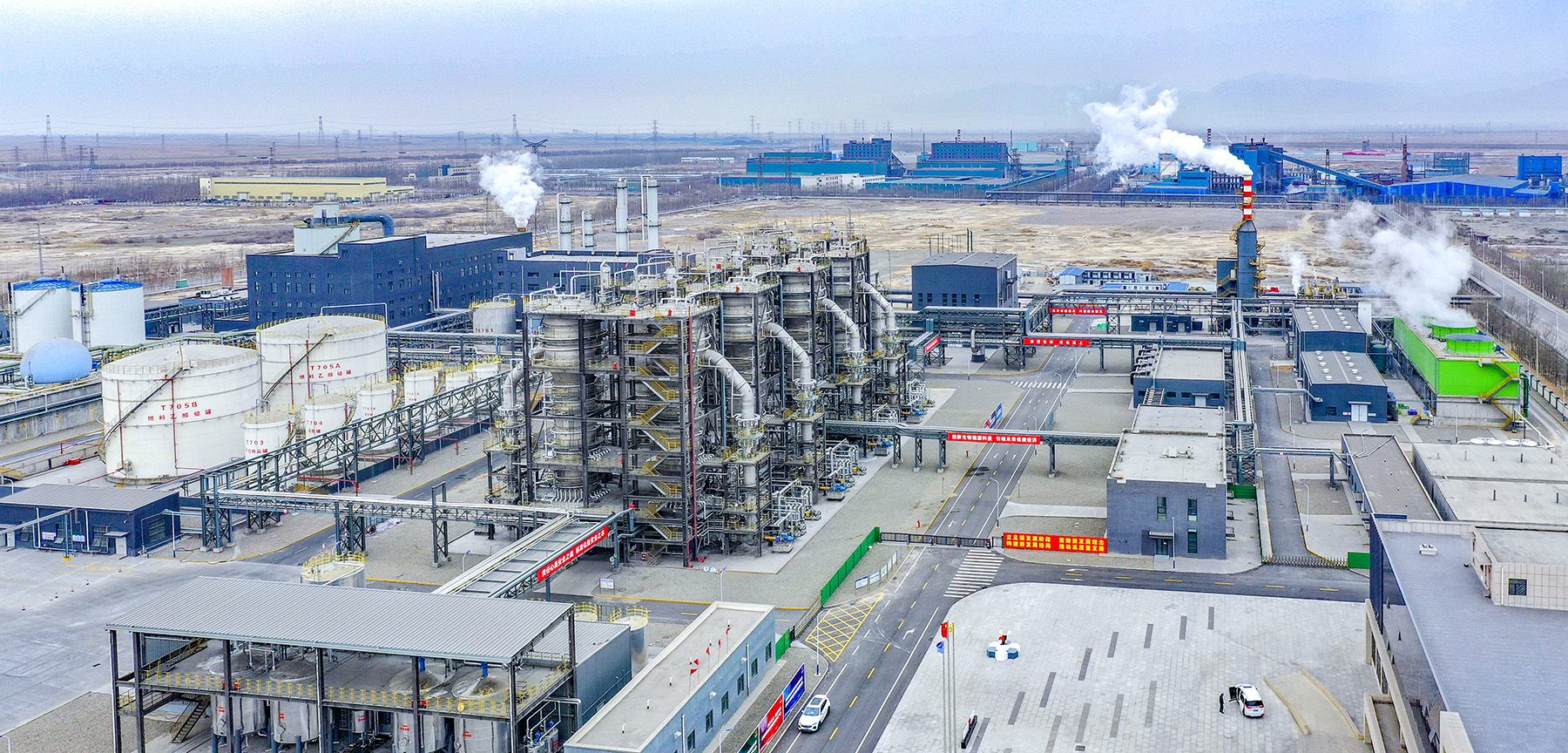
Once known for environmental damage caused by excessive coal mining, Shizuishan in the Ningxia Hui autonomous region is transforming itself into a leader of industrial innovation with cutting-edge green technologies.
Ningxia Binze New Energy Technology Co is one of the companies at the cutting edge of these innovations. At its gas-processing plant in Pingluo county, vast volumes of industrial exhaust containing carbon monoxide are being treated and transformed into value-added products such as fuel and animal feed. This modern-day alchemy is not only profitable, but also good for the environment.
The city is a major production base for ferroalloy, calcium carbide and silicon carbide, and generates 3 billion cubic meters of industrial exhaust gas annually. In the past, the gas was used as thermal energy, which put pressure on the environment.
Nowadays, a large amount of that exhaust gas is sent to Ningxia Binze New Energy Technology's processing plant via a network of pipelines. The plant processes 400 million cubic meters of gas produced by arc furnaces every year, which reduces damaging carbon dioxide emissions by 240,000 metric tons.
After undergoing multiple processes such as fermentation using microbes, distillation, dehydration and protein separation, the gas is eventually transformed into high value-added products including nongrain ethanol fuel and fungal protein, which can be used to feed animals. As a result of the processing, 60,000 tons of non-grain ethanol fuel and 6,600 tons of protein feed are produced annually.
The processing method owes a lot to the latest advances in biological technology, which have played a significant role in the green transformation of Shizuishan's industries.
"We expect to help Shizuishan become an important non-grain raw material production base for clean liquid fuels and the capital of industrial exhaust fermentation in the northwestern region," said Zhang Haibo, chairman of the company, adding that it wants to contribute to the ecological protection and high-quality development of the Yellow River Basin.
Jia Wei, the company's general manager, added that the fungal protein produced annually is the equivalent of 200,000 tons of grain, and conserves approximately 36,700 hectares of arable land.
The ethanol fuel can be added to gasoline to help reduce vehicle exhaust emissions. It can also be used as a chemical raw material and processed into green products such as aviation fuel, packaging material and clothing, Jia said.
In 2023, the company's industrial output value was 220 million yuan ($30.4 million).
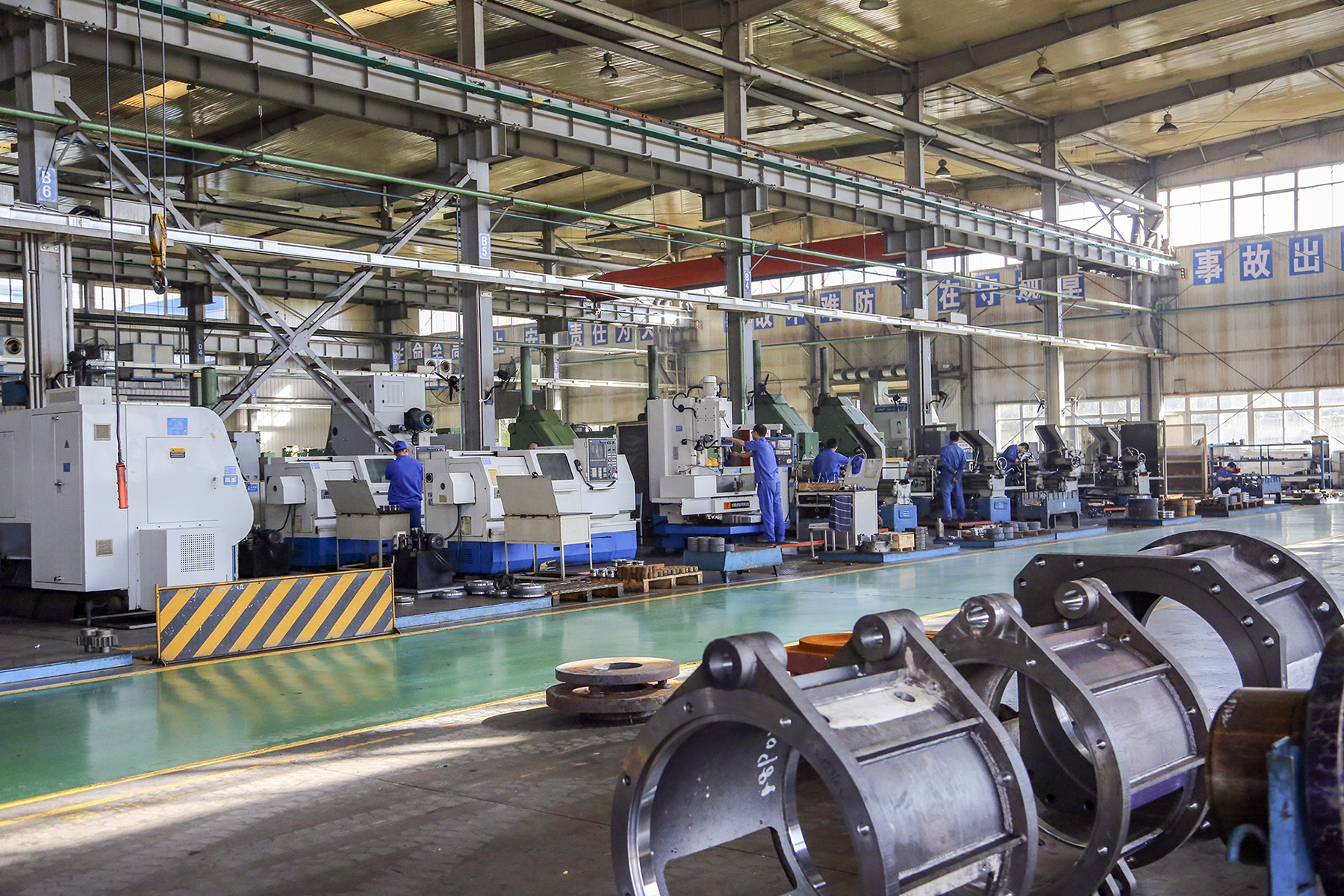
New path
Shizuishan has taken a new path to high-tech manufacturing after the mines started shutting down in 2017 as the country moved toward greater ecological preservation.
Located on the north side of the Helan Mountains, Shizuishan mushroomed in the 1960s to cater to the growth of the coal mining industry, which made up 90 percent of the city's industries. Major mining operations to extract coal and silica from the mountains started in the 1950s.
However, excessive mining led to severe destruction of the mountainous terrain. Exposed sand and gravel turned vegetation sparse, shrunk the habitats of wildlife and made the ecology of the environment extremely fragile.
The Helan Mountains National Nature Reserve covers 1,312.6 square kilometers, and accounts for 27 percent of Shizuishan's total area.
"Due to unregulated mining, the Helan Mountains area has been heavily damaged, with numerous coal washing plants and coal storage yards causing serious air and groundwater pollution," said Zhang Guoxin, director of the ecological restoration department of the city's natural resources bureau.
In 2016, an environmental protection inspection team from the central government reported the situation and urged the regional government to rehabilitate the mountain terrain.
Since 2017, a total of 39 coal mines and 61 others have been closed, with 146 sq km of damaged area restored. Only one mine is still operating, and annual coal production has decreased from 20 million tons to 2 million tons, according to the bureau.
"In recent years, Shizuishan has prioritized ecological and environmental protection as a key aspect of its overall development. The number of days with excellent air quality has steadily increased," said Chu Wei, Party secretary of Shizuishan.
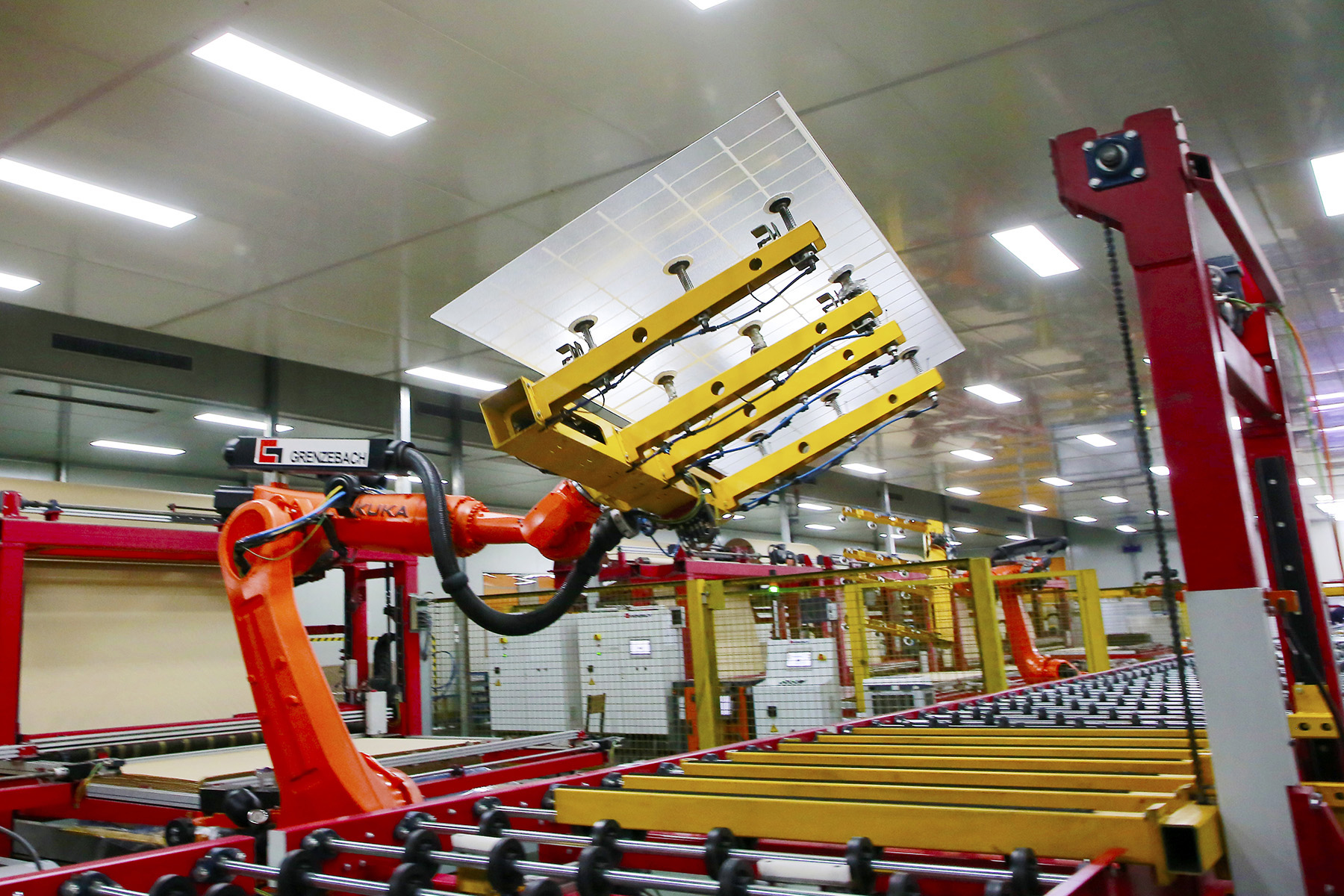
No coal, no worries
In 2007, Shizuishan was designated as one of the nation's first pilot cities for resource exhaustion, and over the past 17 years has explored new innovative development based on its industrial advantages.
It is also among the first demonstration areas for the transformation and upgrading of the industrial sectors of what are deemed "old industrial cities" and "resources-based cities".
Chu said efforts have been made to improve energy-saving, reduce power consumption of traditional industries, extend industrial chains, increase added value, and promote industrial transformation and upgrading.
The pace of the new industrialization is accelerating, he said, with clusters forming in "eight industrial chains" including photovoltaics, lithium batteries, equipment manufacturing, electronic information, rare metal materials, and the cyanamide chemical industry.
The value added by the manufacturing industry grew by 10 percent last year, that of strategic emerging industries by 22 percent and high-tech manufacturing by 149 percent.
"The remarkable effects of the readjustment, transformation and upgrading of the old industrial base in Shizuishan are evident," Chu said, adding that the city received commendations from the National Development and Reform Commission for three consecutive years.
In 2023, its GDP increased 3.8 percent year-on-year to reach about 69.89 billion yuan.
During the 13th Five-Year Plan period (2016-2020), the output value of strategic emerging industries in Shizuishan increased at an average annual rate of 28.7 percent, while energy consumption per 10,000 yuan of GDP decreased by 11.3 percent, data from the local authorities showed.
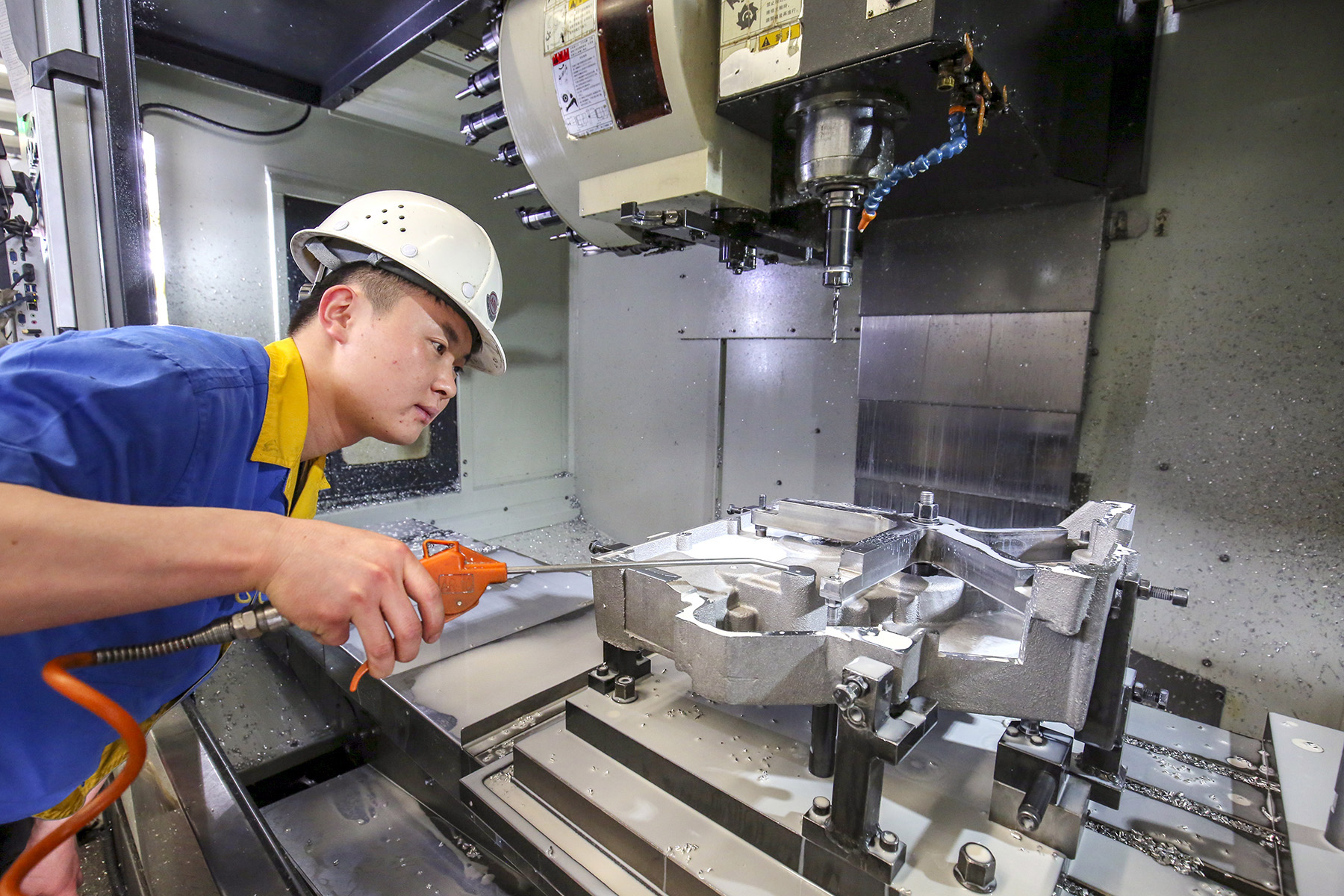
Symbols of change
In the center of Ningxia Wear Casting Co's exhibition hall, a large high-speed railway sleeper is a potent reminder of successful technological innovation.
The sleeper has stringent requirements for structural strength, mechanical performance and manufacturing technology.
"The machining precision requires that the dimensions of several key components are within a range of 5 micrometers, which is one-tenth the diameter of a human hair," said Wang Xiaoning, the company's chairman.
Technology to achieve this level of accuracy was previously dominated by foreign companies, but domestically made sleepers can do the same tasks and also provide large cost savings, he said.
The company's sleeper beams are used for various models of high-speed and bullet trains. It's currently developing sleeper beams for high-speed trains with a speed of 450 kilometers per hour. Once key technological breakthroughs are made, they can also provide support for increased speeds of domestically produced bullet trains.
In March last year, another innovation was introduced by Weir Casting — a one-piece die-cast aluminum alloy battery tray for new energy vehicles. The new tray met structural requirements for being lightweight and robust and did away with the previous manufacturing process, which required multiple welding points for component casting. This technology can be tailored according to the manufacturing requirements of various NEVs, the company said.
Weir Casting's industrial output value reached 140 million yuan last year.
Ningxia Tiandi Benniu Industrial Group Co, a large coal mining equipment producer, is also producing technological innovations and provides heavy-duty scraper conveyors for about 30 percent of the country's coal mines.
Liu Qinghua, deputy general manager of the company, said its ultralong working face intelligent scraper conveyor equipment had reached international advanced level.
A complete set of the equipment can automatically control the conveyor's operating speed based on the amount of materials being moved.
The company is establishing two digital production manufacturing bases in Yinchuan, the regional capital, and Shizuishan. It has also set up a research and development center in Xi'an, Shaanxi province, and integrated technologies such as artificial intelligence and virtual reality into intelligent mines to achieve unmanned mining.
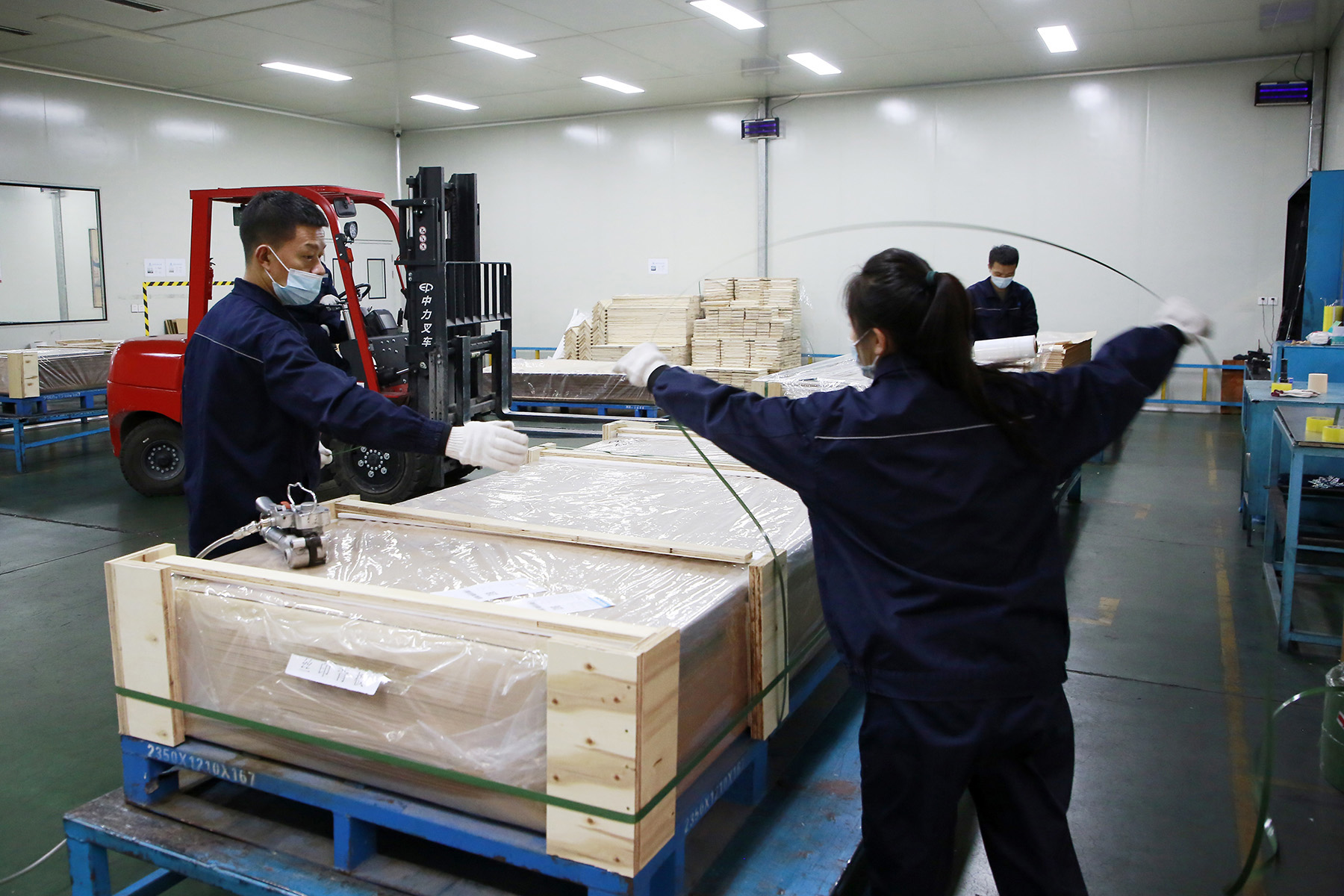
Future industries
Shizuishan's advances are seen as an example of Ningxia promoting its economy by turning to new quality productive forces.
In recent years, Ningxia has been promoting industrial transformation and upgrading, and has cultivated a group of manufacturing champions focusing on basic industrial technologies, basic components and key materials.
"Ningxia will cultivate and develop emerging and future industries such as AI, intelligent manufacturing, hydrogen energy and new energy storage and semiconductor materials. The number of enterprises, output value proportion and project investment are all expected to more than double," said Li Yuhua, director of the Regional Development and Reform Commission.
Ningxia's GDP growth reached 6.6 percent last year, ranking fifth in the country. In 2023, the rapid growth of new materials and clean energy industries drove a year-on-year increase of 44.5 percent in the value added of high-tech manufacturing enterprises with a designated scale in the entire region, data from the commission showed.
Contact the writers at chenmeiling@chinadaily.com.cn


